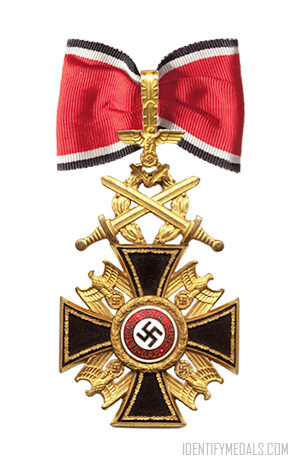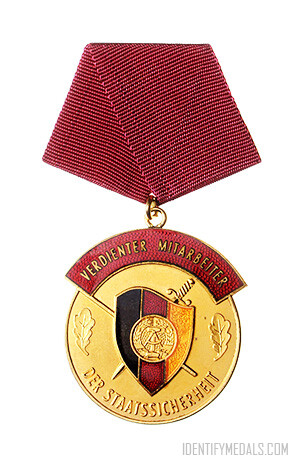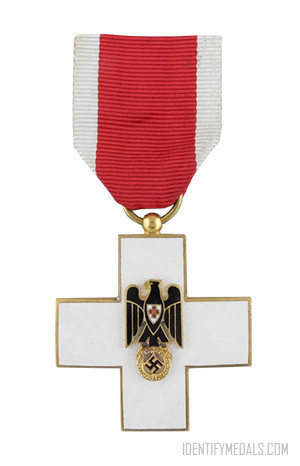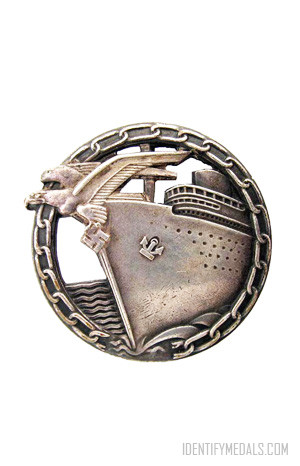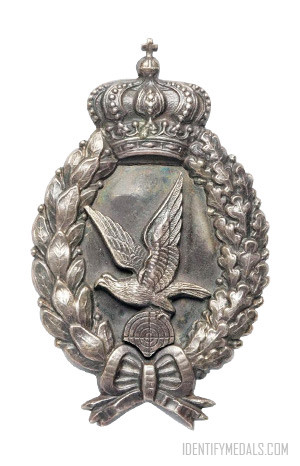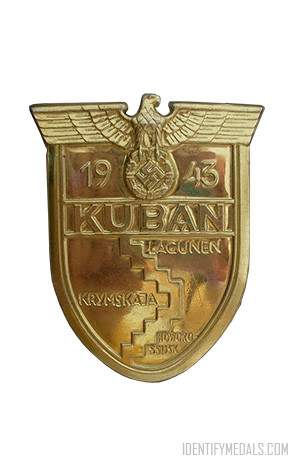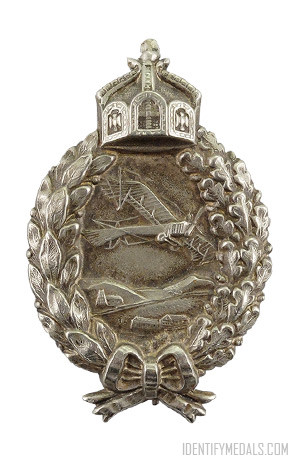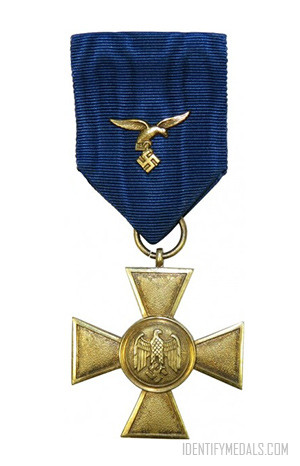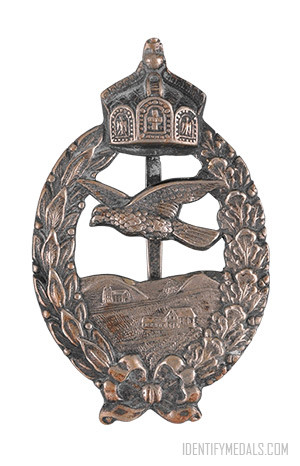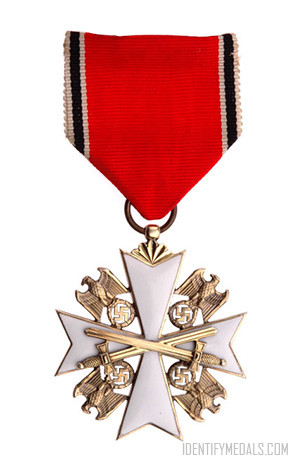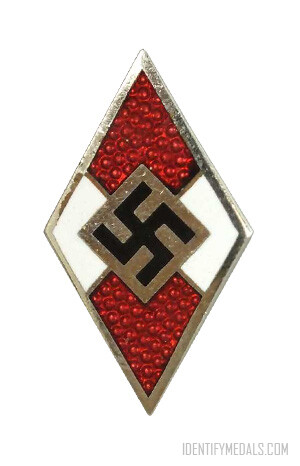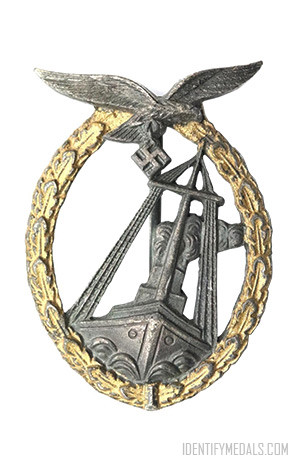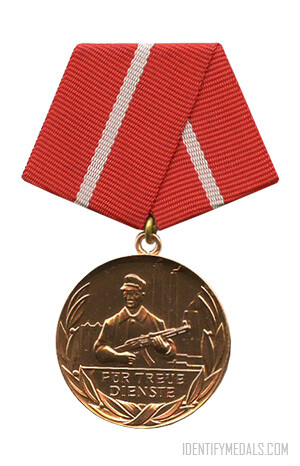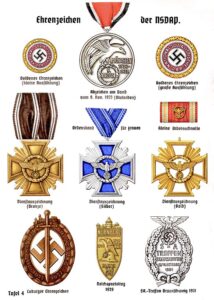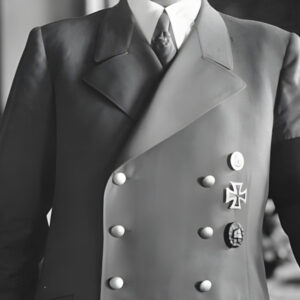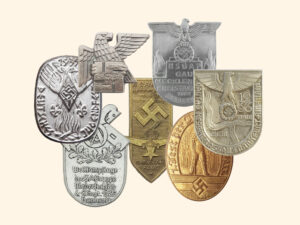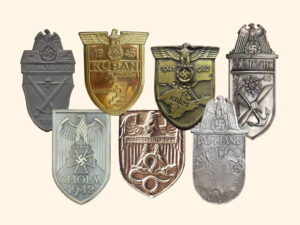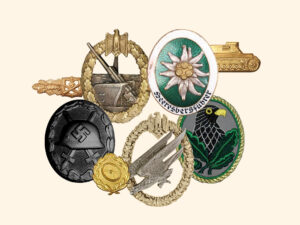- Time Period: Nazi Germany (Interwars Period, World War II)
- Institution: 6 November 1936
- Country: Germany
The German Order (or Deutscher Orden in German) was the highest honor the Nazi Party could confer on an individual for exceptional services to the state and party.
Designed by Benno von Arent, it was first awarded posthumously by Adolf Hitler to Reichsminister Fritz Todt at Todt’s funeral in February 1942. A second posthumous award was given to SS-Obergruppenführer Reinhard Heydrich during his funeral in June of the same year.
Due to its frequent posthumous bestowal, it was cynically referred to as the “dead hero order.” The only two recipients who survived the war were Konstantin Hierl and Artur Axmann.
Hitler viewed the German Order as his personal decoration, reserved for those whose contributions he deemed exceptionally valuable to the state, party, and people. This exclusivity, combined with the presence of Hitler’s facsimile signature on the reverse, led to it being informally known as the “Hitler Order.” The awardees were intended to form a special confraternity, symbolizing their distinguished status within the Nazi regime.
The German Order Design
The German Order’s design incorporated elements reminiscent of the Iron Cross and the Order of the German Eagle.
It featured a black enamel cross measuring 48.5 mm across, with a central medallion of 20.5 mm. Between the cross’s arms were national eagles with furled wings, each clutching a wreath. The center displayed the Golden Party Badge.
The design was inspired by the regalia of the Grand Master of the Teutonic Order, the Marian Cross, theKnight’s Cross of the Iron Cross, and the Knight of Justice of the Order of St. John (Bailiwick of Brandenburg). Although intended to be awarded in three grades, only the neck order (the highest grade) was ever issued. It is considered the second rarest Nazi Germany award after the National Prize for Art and Science.

